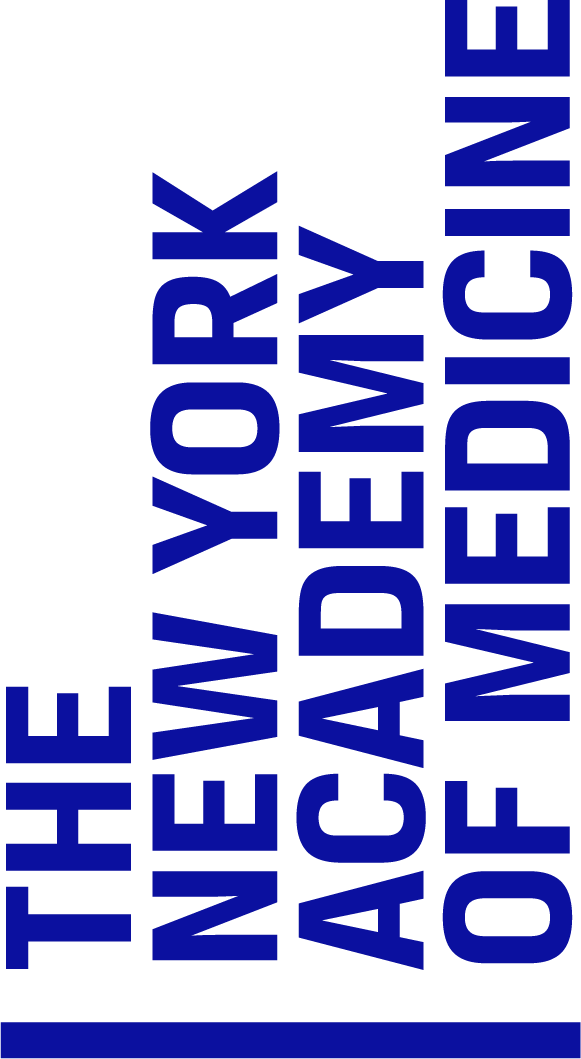This popular manual for military surgeons first published in Strassburg in 1517 was only the second handbook on surgery to be published in Germany in the vernacular. It was reissued at least twelve times, with translations in Latin and Dutch. The Feldtbuch was written and compiled by Hans Gersdorff, an Alsatian army surgeon who had served in the Burgundian war. Gersdorff, also known as "Squinting Hans," had over four decades of experience in treating war wounds and is said to have performed over 200 amputations. The book enumerates treatments for the injuries most common to soldiers, including gunshot wounds, loss of limbs, and leprosy.
The striking woodcut illustrations, many by Johann Ulrich Wechtlin, also known as The Master of the Crossed Pilgrim's Staves, are among the earliest European depictions of surgery. During Gersdorrf’s time, surgery was conceived as the remedy to traumatic injuries, like those sustained in war, and not as a corrective to congenital defects. The text of the book was heavily indebted to the work of Guy de Chauliac.
Gersdorff introduces readers to the tools necessary to extract bullets from the body. Unlike his contemporary Jacob Braunschweig, he did not believe that gunshot wounds were poisonous, but he continued the established practice of pouring hot oil in the wound to cauterize (another pioneering field surgeon, Ambroise Paré rightly realized in 1545 that the oil did far more harm than good.)
During amputation, Gersdorff reports the regular use of a tourniquet to control bleeding. After operating, he routinely enclosed the stump in the bladder of a bull, ox, or hog. In one plate showing an amputation, two medical men remove part of the leg of a blind-folded patient who sits, surprisingly composed, with a priest looking on. The caption tells readers in German verse that cutting off an arm or leg is an art that not everyone can perform, and implores readers to follow his example.
The gaze in these illustrations and throughout the text belongs to the surgeon. Little attention in the text or image is paid to the recovery or long-term rehabilitation of the patient; the focus is squarely on the surgical procedure itself.
The title of the folding plate "Ein contreafacter Todt" [Counterfeit of Death"] indicated a counterfeit style of portraiture, popular in Europe in the 1500s. An image that was "counterfeit" signaled that the representation was fashioned to depict an object just as it was seen. The caption title implies firsthand witness, and thus, credibility, on the part of the artist. In this case, the term was unearned: the skeleton was drawn not after an actual skeleton, but from a stone carving by Nicholas Hagenauer; as a result, it offers an anatomically inaccurate rendering. Two other full-size plates by the same artist, physician Wendelin Hock, showed a traditional Wound-man, who illustrated the sites for the ligation of the arteries or bloodletting, and a Bloodletting man, based on Hock's dissection figure but including the whole body, to illustrate all bloodletting points.
The last section of the book is devoted to three Latin-German glossaries on anatomy, pathology and the medicinal uses of herbs.
Gersdorff, Hans von. Feldtbuch der Wundartzney. Augsburg, 1542.
Photography by Ardon Bar-Hama courtesy of George Blumenthal.
